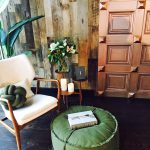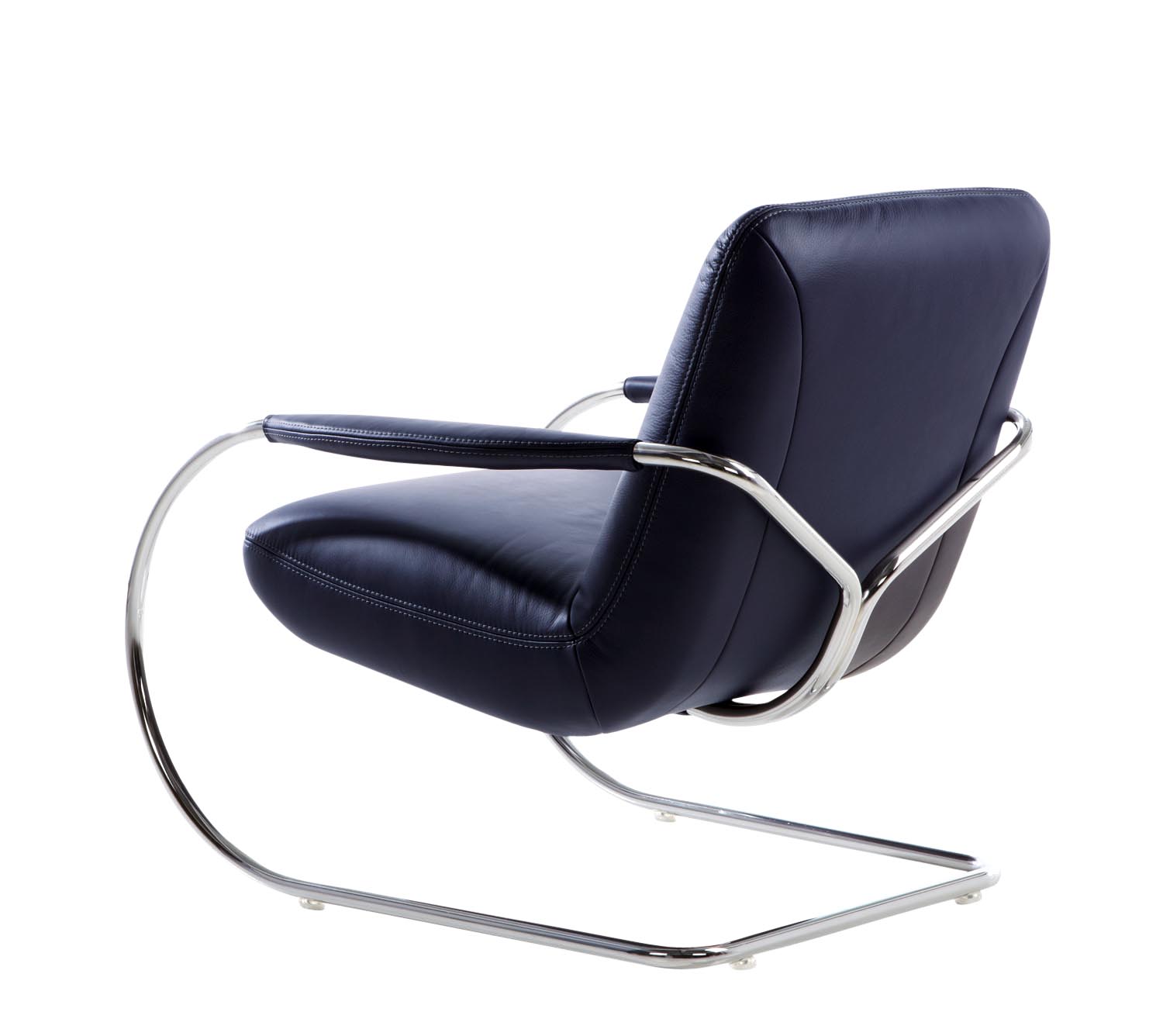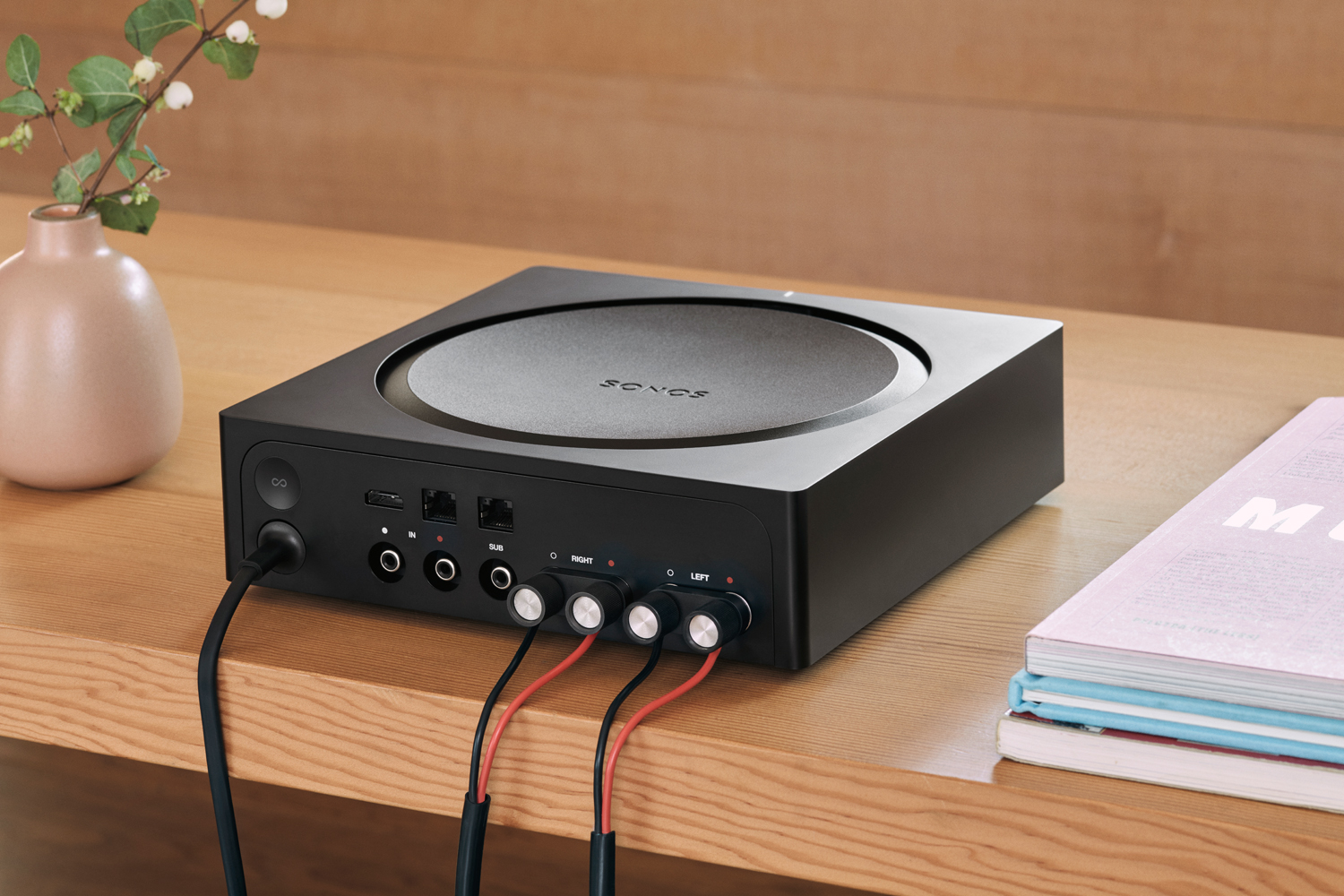Design is one of those fields which requires a combination of passion, persistence and dedication. Enter James Treble. The designer has developed a reputation – both nationally and internationally – as a design authority. Over the last 25 years James has worked with some of the largest builders in the country. His specialised expertise spans from New-Build Design to Interiors Design, with a meticulous attention to bathroom and kitchen layout and extensive product knowledge. Perhaps best known in Australia for his regular spot on Channel 10’s lifestyle show The Living Room, James has amassed knowledge and experience of the design industry second to none, but his talents don’t end with design. He is also responsible for the launch of Interior Design For Profit- a comprehensive and interactive online course to equip property investors, homeowners, renovators and professionals with the design and staging strategies to increase the value of their properties. No wonder then that we were thrilled to take the opportunity of interviewing him for our Influencer series!
- What sparked your interest in design?
I have always loved houses, from as young as I can remember I’ve loved drawing them, looking at them and creating them out of what ever materials I had at hand. I loved playing with Lego as a child and often describe myself as still doing the same today, but the pieces I play with now are bigger and much more expensive. I also love problem solving, creating solutions, and for me this is big part of the attraction of design, creating spaces for people to love and creating solutions that impact their day to day lives.
- How would you describe your individual interior style?
I definitely have a 70’s aesthetic and would have to say that my favourite home of all time is that one of the Brady Bunch. I could easily move into that same home today, and would have to update only a few of the finishes and appliances, but otherwise I think it was a perfect blend of great design and natural materials.
I love using timber in either flooring, stairs, cabinetry or a combination of all three. And I love the look of natural stone in flooring walls and benchtops. I particulalry love random and dry stack stone walls, and the rich character of marbles, where I may have to settle for a quality manmade stone with strong grain and character, to suit a client needs or perhaps budget.
For me a blend of natural elements, fusing timber, stone and lots of texture makes a house into a home.
- Do you spend as much time styling your own home as you do your clients’?
My home is ever changing as we commonly move artwork and decor around the home from room to room which reenergises pieces and recalls the memories of where the thing came from at the same time.
I’m also constantly adding and editing the things we own, as I travel often for work, usually picking up new pieces from around the world. In addition when sourcing for clients’ homes, it’s easy to find something you love yourself, which then has to come home, so our home is ever evolving and changing. It’s just how I like it.
- What is the first thing you do after receiving the brief for a new design project?
I always consider the floor plan and research the homes’ location, as I consider the layout of the property, as well as its style and location are just as important as the taste and wishes of the clients. For example one floor-plan may be all about an amazing staircase, another may be on how it links with the outdoor spaces; these elements can and should in my opinion, influence the design choices as much as the aesthetic directions the clients may have.
- Do you have a key feature or element which your projects would never be complete without?
I like the look and feel of timber within the home, and admit to often suggesting the warmth and texture of timber with horizontal grains for vanities, but this does not apply to all jobs as each one has its own unique personality. One thing I love about my work is that no two homes are the same.
- What are your top tips for adding more character and life to interiors?
Contrast for me is the most important ingredient. This does not mean black and white, rather tonal contrasts between finishes. Even in a white on white scheme, contrast works to provide interest and can be achieved with a combination of finishes, such as mixing highly textured, smooth and matt materials.
- What key pieces of advice were you given at the start of your career that you still give to amateur designers today?
Its was actually my father who taught me ‘Who you know gets you there, what you know keeps you there’. I’ve often been fortunate throughout my life to receive opportunities which have come my way, but it’s no good if someone opens a door for you if you are not up tot the task or capable of actually doing the job.
I believe a combination of eagerness to learn and adaptability has been my secret to success, allowing me to work in many roles over the years, growing and learning for them each time. I regularly advise to young and emerging designers that even now, I’m constantly learning and researching to keeping up to date in my industry, luckily for me this is also something I love to do
- What are your future plans? Any exciting projects in the pipeline?
Some exciting news for me is that I have just recently accepted a new role as co-host of SKYNEWS REAL ESTATE show. This is 6 hours live TV every Saturday, which allows me to share my passion for housing and my knowledge and education in the Real Estate Industry.
We cover live auctions and interview industry experts, discussing all facets of the real industry, as well as looking inside award wining homes and those that are on the market… It combines my love of great design and houses into one jam packed show.
I’ve also created an online interior design course “INTERIOR DESIGN FOR PROFIT” with my long-time friend and colleague Cherie Barber, as we saw a hole in the industry for those renovating property as a business. This course is a 12 module, online course aimed at providing interior design knowledge to those working in the home renovation industry. It is not a qualification, and does not replace qualified specialists for which I advocate, but this sector of the market can greatly benefit from what I’ve gained in various roles over the past 20 years, providing with great knowledge which they will financially benefit from.
To see more, visit James Treble’s website
















